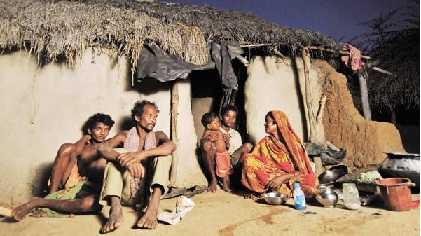
MANILA, Mar 16 (NNN-PNA) – The COVID-19 pandemic pushed 4.7 million people in Southeast Asia into extreme poverty in 2021, as 9.3 million jobs disappeared, compared with a baseline no-COVID scenario, said an Asian Development Bank (ADB) report, released today.
According to the Manila-based bank, the region is beginning to recover from the two-year pandemic, forecast to pick up to 5.1 percent this year, as almost 60 percent of its population become fully vaccinated, enabling many economies to reopen.
Despite more favourable prognoses for 2022, the report said that, the economic situation in the region remains fragile, and many households continue to experience huge income losses.
“The pandemic has led to widespread unemployment, worsening inequality, and rising poverty levels, especially among women, younger workers, and the elderly in Southeast Asia,” ADB President, Masatsugu Asakawa, said.
Among the most affected are unskilled workers and those working in retail and informal economy, as well as, small businesses, without a digital presence. Asakawa encouraged governments in the region to invest in innovative, green infrastructure and adopt technological innovations to reinvigorate economic growth.
The report called governments to allocate more resources to help health systems deliver care, improve disease surveillance, and respond to future pandemics, noting that economic growth could rise by 1.5 percentage points, if health spending reaches about five percent of GDP.
It also recommended that, countries pursue structural reforms, to boost competitiveness and productivity, such as simplifying business procedures, reducing trade barriers, and encouraging small enterprises to adopt new technologies.
It added that, governments should maintain fiscal prudence to reduce public deficits and debts, and modernise tax administration, to enhance efficiency and broaden the tax base.
Meanwhile, the report warns of multiple challenges in the region, namely emerging COVID-19 variants, tightening global interest rates, supply chain disruptions, and higher commodity prices and inflation.




